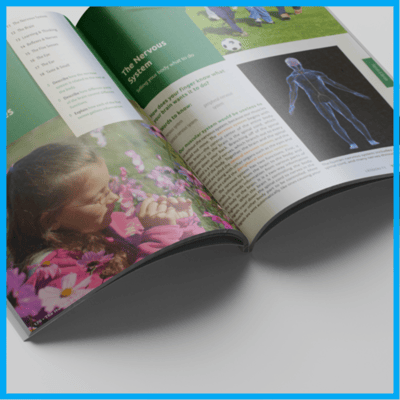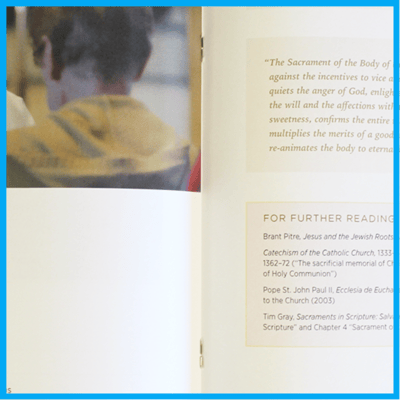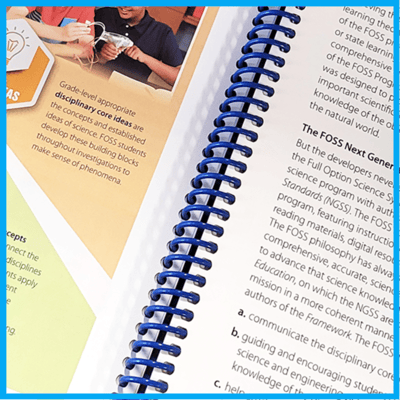Comparing Binding Methods: Perfect Binding, Saddle-Stitching, and Coil Binding
Read Time 3 mins

In the realm of printing and publishing, choosing the right binding method is crucial to ensure that your documents not only look professional but also withstand the test of time. Three common binding methods often utilized are perfect binding, saddle stitching, and coil binding. Each method has its own set of advantages, making it suitable for different types of projects. Let's delve into the benefits of each method to help you make an informed decision for your next printing endeavor.
Perfect Binding
 Perfect binding is a widely used method that involves binding pages together with a strong adhesive applied to the spine of the document. This method is commonly seen in paperback books, magazines, and thicker brochures. Here are some of the benefits associated with perfect binding:
Perfect binding is a widely used method that involves binding pages together with a strong adhesive applied to the spine of the document. This method is commonly seen in paperback books, magazines, and thicker brochures. Here are some of the benefits associated with perfect binding:
-
Professional Appearance: Perfect binding lends a polished and professional look to documents. It's often the preferred choice for publications where aesthetics matter.
-
Spine Printing: The flat spine of a perfect-bound book provides ample space for printing titles, logos, and other essential information which makes it easy to identify.
-
Cost-Effective for Larger Quantities: Perfect binding becomes more cost-effective as the quantity of books increases. This makes it a viable option for bulk orders.
-
Wide Range of Paper Options: Perfect binding supports a variety of paper sizes and weights, allowing for customization based on your project's requirements.
-
Durable and Long-Lasting: The adhesive used in perfect binding creates a strong bond that ensures the longevity of the document. This makes it suitable for documents that need to be preserved for extended periods.
 Saddle-Stitching
Saddle-Stitching
Saddle-stitching involves folding sheets of paper in half and stapling them along the folded crease. This method is commonly used for books and booklets with a smaller number of pages. Let's explore the advantages of saddle-stitching:
-
Lays Flat: Saddle-stitched documents lay flat when opened, making them convenient for reading and taking notes.
-
Cost-Effective for Smaller Page Counts: Saddle-stitching is more cost-effective for projects with fewer pages.
-
Quick Production: This method is relatively quick and straightforward, making it a great choice for projects with tight deadlines.
-
Minimalist and Functional: Saddle-stitching offers a clean and minimalist appearance while remaining functional and easy to handle.
 Coil Binding
Coil Binding
Coil binding, also known as spiral binding, involves inserting a plastic or metal coil through small holes punched along the book's edge. This method is commonly used for teacher's guides, workbooks, and other documents that need to lay flat and have the ability to open a full 360 degrees. Here are the benefits of coil binding:
-
Flexibility and Durability: Coil binding allows the document to lay flat and fold back on itself without damage, making it a durable choice for books that need to be used frequently.
-
Easy Page Turning: Pages can be turned easily providing a user-friendly reading experience.
-
Customizable: Coil binding is available in a variety of colors, allowing you to match the coil to your book's design or branding.
-
Ideal for Reference Materials: Documents that are frequently referenced or used as workbooks benefit from the convenience and functionality of coil binding.
In conclusion, the choice of binding method depends on the nature of your project, your budget, and your desired aesthetic. Perfect binding, saddle-stitching, and coil binding each have their own unique advantages that cater to different needs. Whether you're aiming for a sleek and professional appearance, cost-effectiveness for shorter print runs, or the ability to lay documents flat and turn pages easily, there's a binding method that suits your requirements perfectly.

